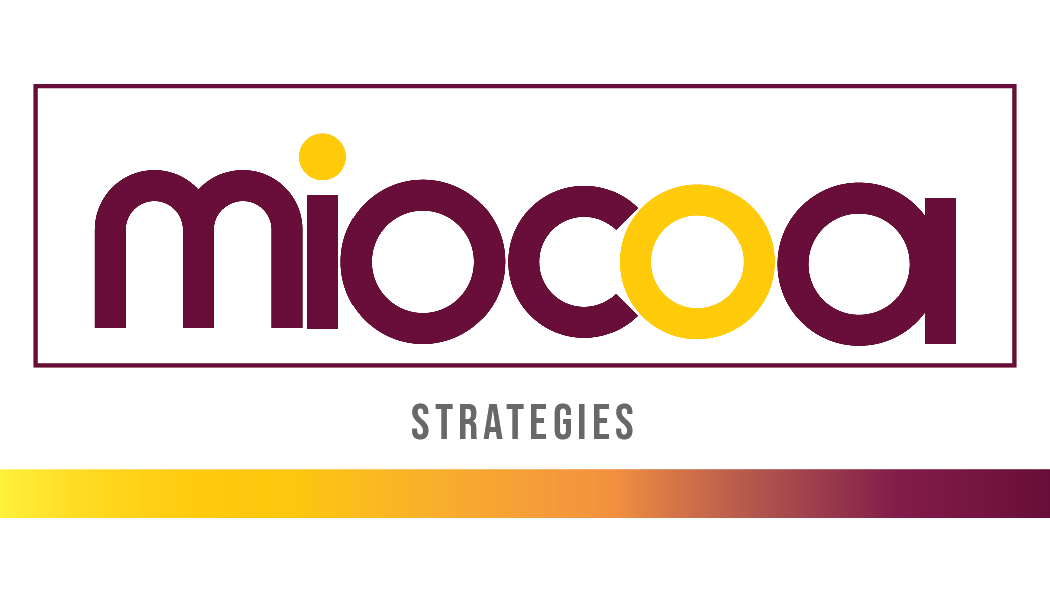Creating a Marketing Budget in 2019
Please note that this information is provided by a Miocoa contributor and should not be taken as advice. It is recommended that you consult a financial advisor on anything budget–related.
If you are self-employed or own a business; you know that is it necessary to create a budget. Having a set budget is a visual reminder of capital and how you can put it towards your resources.
Creating a marketing strategy budget is similar to a business budget. Before we get started, we need to dispel this notion: a huge budget doesn’t guarantee results-based marketing. Investing in automated tools and programs are great ways to boost your marketing results. Some of the best marketing tools offer a free plan or trial period.
Let’s get into how to create your budget.
Step #1: Understand your current financial situation
Now is a great time to sit down and look at your company’s revenue. It is essential to know how much your company makes and is worth before overextending your funds to cover marketing.
Determine the reliable income, the minimum your company earns monthly. Avoid looking at extra funds in your revenue (short term grants, tax returns, etc) that may change over time. These additional funds can fluctuate, thus making them unreliable. Once you have your reliable income set, list out your business expenses. Make sure to include a savings cushion for unexpected monthly expenses. The number that remains after you subtract your expenses from your reliable income is your marketing budget.
Step #2: Be strategic about where to place money in your marketing budget
Once you have a plan of how much money you have in your marketing budget, decide how much you will allot to your marketing goals. Marketing goals are specific to each organization but some common goals include: increasing brand awareness, boosting sales and reaching new leads.
The below budget snapshot is for a business owner who wants the surface level marketing needs covered. For more complex businesses, you’ll need to include market research, landing pages, sales funnels, video and photography. Some customer relationship managers (CRMs) or email marketing platforms now incorporate landing pages and sales funnel optimization.
Quick budget distribution guide for $500/month
Customer relationship manager (CRM) – $40
Ads (online, social media, print) – $200
Direct outreach (flyer, in-person visits/meets) – $200
Email marketing – $60
Of course, the more you spend on marketing, the more likely you’ll see a good return on your investment. A digital marketer can work with you to create a plan for your marketing needs and budget.
Step #3: Keep testing and adjusting
The sole purpose of marketing is to help generate more revenue for your business by connecting you with your audience. If your marketing goals and budget allotment aren’t bringing in more income, do not give up.
Marketing requires research, testing and adjusting. With the ever-changing marketing climate, you’ll make a few mistakes if you aren’t studying the needs and behaviors of your ideal client. Get to know your ideal client and target audience, then find where they are. That’s where your marketing budget should focus––on meeting your target audience and ideal client where they are. If they are on LinkedIn, so are you. If they are on Google, so are you.
As always, plan your work and work your plan!
Cathy M. Leake is a Miocoa contributor who enjoys entrepreneurship, business and community engagement.
Cathy can be found on Twitter, SnapChat or Instagram @DialCforCathy.


